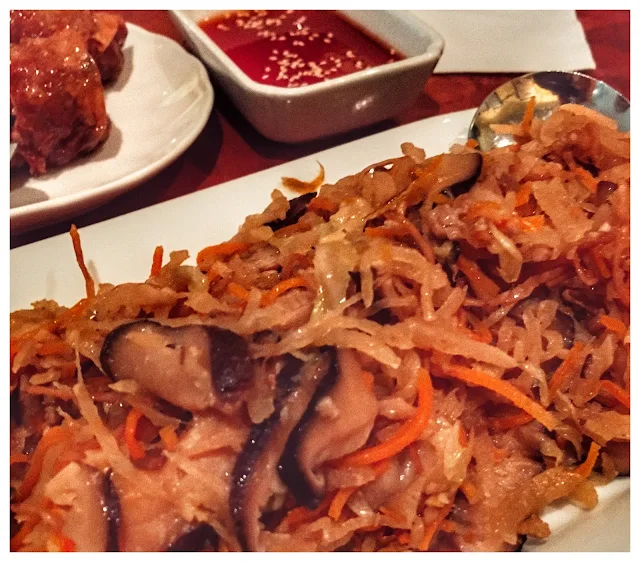The Peranakans or "Local Born" originated in south east Asia a few hundred years ago. The hybrid of culture resulted when immigrants from India and China settled in the Malayan Peninsular, Borneo, southern Thailand, the Indonesian archipelago and Burma. These first arrivals intermarried with the women in their new lands of adoption.
The Straits Chinese Peranakan had formulated a developed lifestyle of Chinese cultural rites, Malay wardrobes, fusion culinary and patois, loyalty to the British colonists, a matriarchal family arrangement and acumen for business.
Many of the men or Babas had maintained their essentially Fujian or Hokkien values and practices in combination with an adoration and passion for British education and trappings.
The women or Nyonyas were traditionally trained in the nuances and arts of house rule, often spending much time and effort in the fine arts and details of elegant cookery. This was pretty much the reality before universal education liberated females around the world.
Roll up to 2025 and the contemporary world of the Baba and Nyonya descendants has moved to a transitionary uncertainty.
Malaysia and Singapore are lands that compartmentalise their populations by race and religion. The Peranakans are not recognised for their niche identity, often having to choose in their identity cards as belonging to one of the three main demographics. ( Thailand and Indonesia remarkably do not follow the same system).
The significant waves of emigration in the past forty years to Western nations from south east Asia have placed many families of Peranakan heritage in cities far from their origins in Malacca, Penang, Ipoh, Medan, Phuket, Rangoon, Surabaya and Singapore. Subsequent generations from these families are now intermarrying more with Caucasians, Vietnamese and Filipinos in the Westen societies.
Historically the Peranakans are a minority and it continues to be even so. The practice of three generations living under one roof has dwindled, especially under the individualistic mindset in Western culture. The emphasis, knowledge and mindset of Peranakan values have dissipated and diluted in the 21st century, especially amongst its younger descendants.
Those who hold on to the Peranakan heritage and sentiment are essentially baby boomers. The exquisite porcelain, the practical coconut scraper and the food baskets remain as powerful symbols when used in the house, but can soon become historical icons when the meaning, mantra and measure of Baba and Nyonya life is lost with the passing of the elders.
Peranakans thrive in song and dance, having social afternoons and dressing up. The refinement and care with which traditional foods are prepared can be most significant - think of Babi Pongteh, Ayam Buah Keluak, Kueh Pie Tee, Ayam Tempra, Pulut Tai Tai, Kueh Talam, Ang Koo, Ondeh Ondeh, Kueh Lapis and Seri Muka.
The Kebaya, which in 2024 was finally recognized by UNESCO, is a unique creation of design that flatters and brings out the best when adorning the female figure. The high skill, design and art of making the Kebaya underlies both the symbolic and real problematic future of Peranakan prospects.
Will Peranakan icons like the Kebaya increasingly move into a commercial colllection sphere rather than being actually be used in daily life?
Peranakan culture cannot positively evolve when it is overwhelmed by stronger and other social overlays and is viewed as not contributing to modern life. The language is no longer spoken by the grandchildren.
The foods are not served om a regular basis at home but have been hijacked by commercial outlets. Weddings are now of a Westernised practicality.
Ths Singapore government seems consistent in showcasing the Peranakan heritage in encouraging ways, compared to her neighbours. This is done even if her Baba and Nyonya constituents are not many in number. The Peranakans in other nations carry on in rather limited and informal ways.
#yongkevthoughts


























































